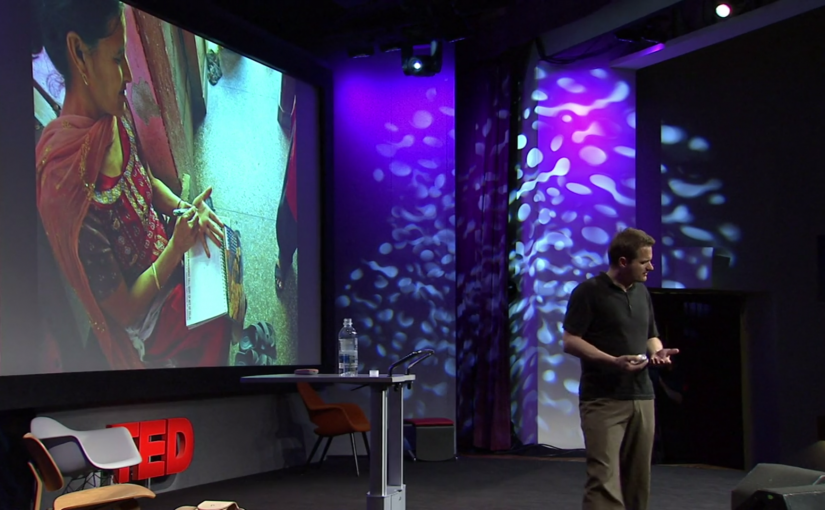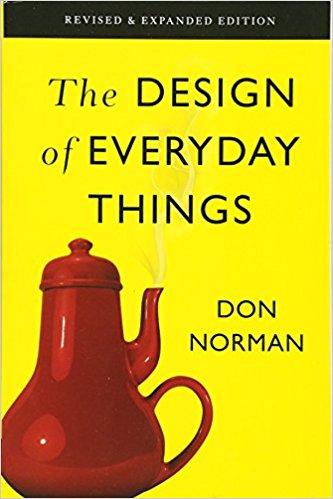There was an immense leap in technology from back then and now, in terms of connectivity, services, and products but it always summed up to what Jan Chipchase said in his Ted talk. People still carry with them their phone, wallet and key. However, those 3 items are slowly converging into one form, which is the phone. E-banking, apple pay and other services are redefining the way we pay for stuff. We can see this combination too happening between the mobile phone and the ‘keys’. Smart lock that only requires your mobile phone ID to unlock, is gradually making its way into the market. The dynamics are changing with the advance of technology and like Chipchase said, we adapt, delegate to it. Likewise, our centre of gravity is ultimately shifting towards the mobile phone which is increasingly versatile nowadays. With everything becoming digitalized and mobile, we expose ourselves to new threats like cybercrimes. I believe that street will always innovate in a way we cannot expect. Such things can be seen with the mobile phone itself, even though companies are trying hard to make the latter beyond repair, people still find ways to tear it down and correct this. I once bought a repair kit for my own phone and repaired it myself.
Tag: UI
Response to: Chapter 5 of Hidden in Plain Sight: How to Create Extraordinary Products for Tomorrow’s Customers by Jan Chipchase- “Calibrating Your Cultural Compass”.
The chapter of “Calibrating your cultural compass” by Chipchase was highly relatable, as a foreigner who moved abroad, i had to adapt to the new culture. Likewise, I agree that one can truly understand the culture of the foreign country by being in the actual context and by “going native” like Chipchase would say, make the learning and adaption faster. I never travelled a lot, but I can tell that when I left my country and reached Singapore, I became conscious of the differences and similarities between the two countries and I think that those helped me create an image of the new place.One interesting thing i learnt here was the language that share similar traits with my own.
I would say it is almost a reflex to be more careful and attentive to the new environment and by doing so we absorb lots of intrinsic and extrinsic information about our surrounding but time is a factor that desensitizes this reflex, as mentioned by Chipchase, “…we’ve long since absorbed the information and developed the habit of ignoring them.”.
Reading this chapter made me realize the importance of cultural identity and heritage and how they redefine the way we think and design. Not only did I discover a new culture but I also reidentified myself and felt a stronger sense of belonging to my own culture.
Questions:
1. Cultural (mis)appropriation is unethical. “…a dip in the contextual-awareness pool can yield insights and inspirations.” Designers deal a lot with visual elements (colors, shapes, forms) and sometimes get ‘inspired’ by cultural heritage which contains lots of those key elements. So is it alright to get ‘inspired’ by other cultures and use those elements as part of a design on the basis of diversity and free expression?
2. Can a foreigner, who have indulged in a particular culture for a long time, fully learn and understand it as compared to a native or is it an ever-learning process for the latter?
Featured image credit: Edwin Koo for The New York Times. https://mobile.nytimes.com/2012/07/01/travel/in-singapore-drinking-in-the-kopitiam-experience.html?referer=https://www.google.com.sg/
Response on ‘The Psychopathology of Everyday Things’ from The Design of Everyday Things

‘The Psychopathology of Everyday things’ gave a more profound approach to design considerations which I usually abide to. As a design student, discoverability and understanding, unconsciously form part of the design thinking and process that I follow to conceptualize and design. Those terms were not properly defined prior to the reading but were internalized and naturally occurring. I had this misconception that ‘good design’ only applied to tangible objects that were intelligible and intelligent in form and function. But I came to realize that design itself extends far more than just the physicality of an objects, like the book indicates. And as I go further into the reading, I can see how human centered design plays a bigger role in ‘good design’.
One cannot deny the fact that human-centered design or user experience design has drastically grown in demand, because it has become a norm, people nowadays expect things to be well designed. “People are frustrated with everyday things. From the ever-increasing complexity of the automobile dashboard…”, this statement is now fairly obsolete as per the new standards. For instance, the brand-new Tesla model 3 car offers no instrument cluster, a clean dashboard, a refined digital interface to control the car and maximized space efficiency, everything to cater for the needs of the user. But then again, as human beings, we are never satisfied fully.
The affirmation of products having too many functions and controls is/was a reality, one example I can remember was the TV remote control. Many buttons and many functions but nobody ever understood how it all worked. However, this was the past, nowadays we see remote controls, clean as a pebble, sleek, sophisticated, and minimal. Like Dieter Rams would say, good design is, as little design as possible. Digitization made analogous product more user-friendly and more functional at the same time. Ultimately, an increase in functionality will also increase the design challenges which are now in a digital form.
We shall not wait long before Artificial Intelligence gets implemented into machines and takes over the digital platform. Even the complexity of human nature could somewhat be paralleled by this new technology. Human-machine interaction would be more seamless and designs more efficient and effective. I believe that AI may replace us designers one day.
Finally, I can say that, given the complexity of human nature and how we keep on evolving, human-centered design is ever-changing too and so will the benchmark of what defines ‘good design’.


